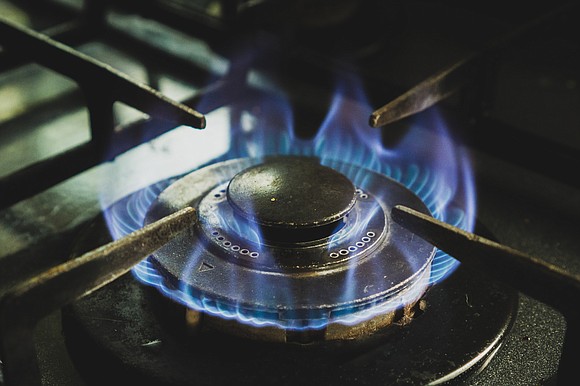Natural gas price hikes mean higher bills for area customers
Jeremy M. Lazarus | 7/7/2022, 6 p.m.
Area residents who cook, heat, cool or otherwise rely on natural gas provided by Richmond are starting to see their bills jump – even though cold weather is still months away.
The key reason: The charge for the fuel that customers use has just nearly doubled in price.
While there might have been some anticipation given the surge in price for gas, diesel and other fuels, the city Department of Public Utilities kept mum and did not provide any advance notice.
Instead, on July 1, the department imposed an immediate 95 percent increase in the charge for buying and bringing natural gas to the city.
Natural gas is measured in cubic feet. Before the increase, DPU charged customers 5.7 cents per cubic foot to cover the cost of the fuel. The new price customers must pay is 11.136 cents per cubic foot, or almost 6 cents more.
That might not seem like a lot, but it translates into a much bigger bill.
Based on DPU’s estimate that the average residential customer uses 7,000 cubic feet of gas a month over the course of a year, the total bill is rising from around $100 a month to about $140 a month, a total 40 percent increase.
Along with the fuel cost, the bill also includes a fixed charge for service, a distribution fee for the pipes needed to carry it around the city to homes and businesses and taxes.
The only consolation: Natural gas will still be much cheaper than the cost of gas and diesel to power vehicles.
Currently, a gallon of gas costs about $4.80. If natural gas was measured in gallons, the cost of natural gas would be $2.28 a gallon, even with the increase DPU is imposing.
But that doesn’t help families already struggling to pay rent and keep food on the table who must now absorb a big jump in their utility bill.
DPU officials said they had no choice, given the spike in wholesale prices in Louisiana and other states that are home to the main production areas.
The fuel charge, also known as the purchase gas charge, is designed to cover the cost that the gas utility is facing to acquire the fuel without providing any profit, officials said.
According to the U.S. Energy Information Agency, natural gas has risen sharply due to a reduction in supply, higher demand from power companies that have switched from coal to natural gas to generate electricity, and relocation of more of the available supply to exports to Europe to replace Russian natural gas in response to the war in Ukraine.
The EIA projects that it could take a year for supply to grow to match demand and start easing prices.
DPU indicated that it would switch from setting the charge for gas from quarterly to monthly in a bid to take advantage of any price declines and reduce the amount customers must pay.
That change could mean, though, that any additional increase in the cost of the fuel would be more quickly reflected on customer bills.






